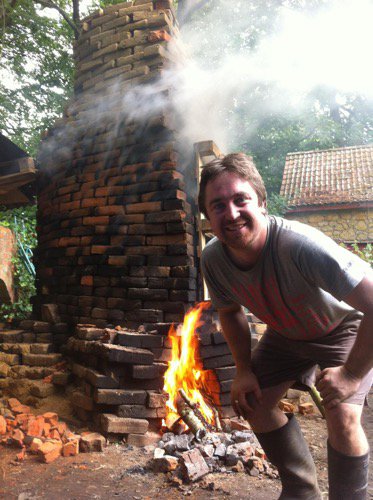MikeG said:A brickyard would still have made hand-made bricks. My point about them not being made on site is that you need both a good supply of clay and a purpose made kiln to produce bricks. Unless you've got a big hole in the ground, and signs of the base of an old building (often round), then the chances are they were hand-made off-site, and transported to site on a cart (or up the river).
These bricks don’t look truly handmade to me. It’s difficult to see from the photos but they look too regular. More likely extruded wire cuts.
You don’t need a purpose built kiln to fire bricks on site though. For centuries (in England at least) prior to the industrial revolution the majority of bricks were fired on site in temporary ‘clamps’ in what was known as the country system. Clamps were constructed of bricks to be fired, sometimes with an outer skin of already fired bricks. Such sites would leave little archaeology to discover. I’ve built and fired several and no permenant structure is needed. You’d also be surprised how well a lot of subsoil clay will fire. In this case though, especially given the number of bricks required and the construction date, I would suspect these were made in an industrial brickyard and transported to site.
















